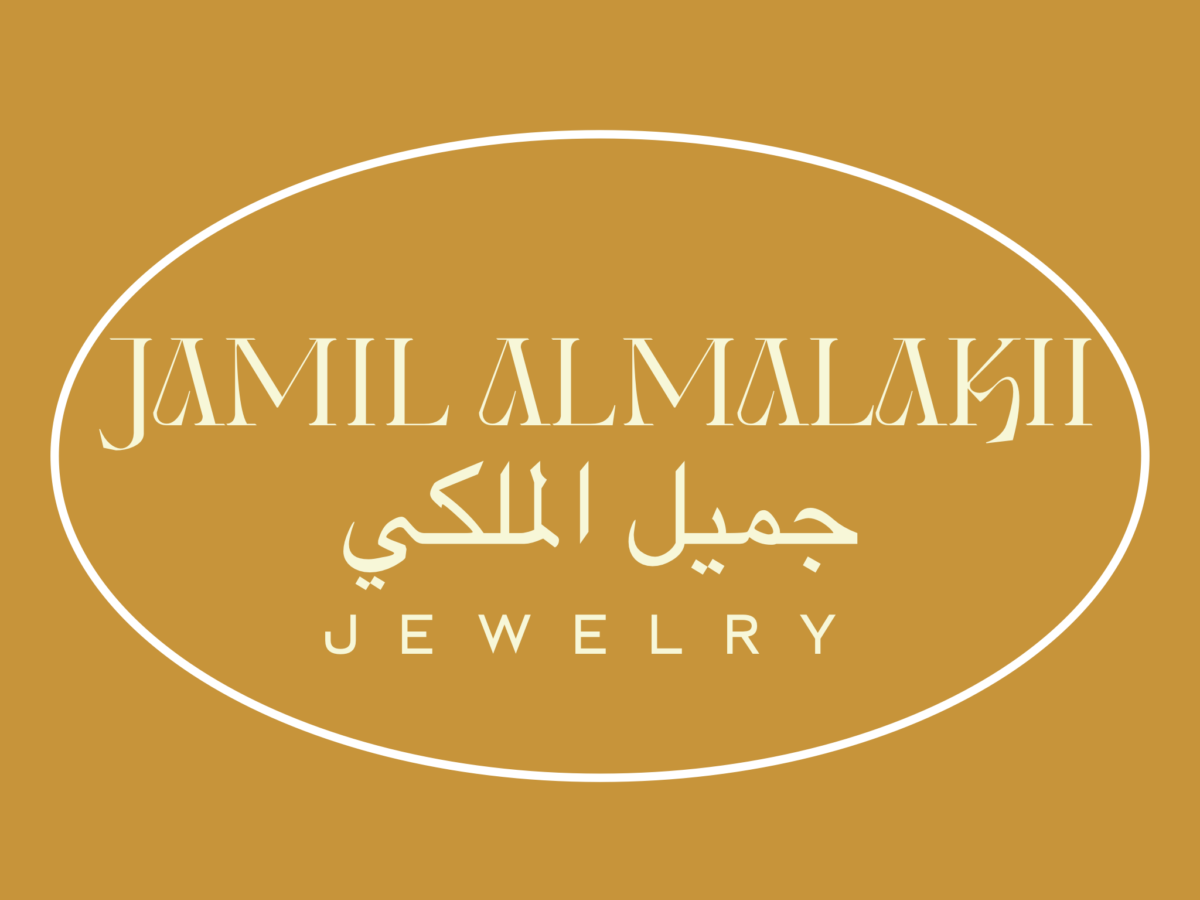According to (Jewelry In Ancient Egypt, 2018) the cultural geography representation of the usekh / wesekh is a form of ancient Egyptian jewelry due to it being the indispensable ornament for the gods, royalty and the elite to be properly attired. Owning a usekh / wesekh collar meant that you were distinguishably honored within your kingdom and its people (Moroney, n.d.). Egyptian royalty were not the only ones that owned a usekh/wesekh collar, the collar’s secondary purpose was used as a funerary art. Some usekh / wesekh were made of flowers which were symbols of rebirth The cultural symbolism behind it being a funerary art was to help the dead be reborn into the afterlife (Moroney, n.d.). The funerary art usekh / wesekh were designed differently compared to the Egyptian royalty usekh / wesekh which were made with better quality materials ranging from gold and various gemstones.
According to (Reshaping Egypt’s Economic Geography, 2014), the economic geography in Egypt is all over the place. In Egypt the wage caps seem to be high. Some regions are doing preferably better than others. Some regions that are doing well right now are Greater Cairo and Lower Egypt (Reshaping Egypt’s Economic Geography, 2014). There is a proposal that wants more integration and moving around the industrial areas. Once that is done the economical geography could possibly go into a steady pace (Reshaping Egypt’s Economic Geography, 2014). Egypt needs to try and open up more to the public. On the other hand, that might be hard because Egypt is definitely divided in three different areas: Upper and Lower Egypt, the urban areas, and the remaining land. If businesses would spread out and be open to more trading internationally business would be better (Guergues, 2021).
Export is one method of market entry used by Egypt (Sternquist, B.1998).. Egypt’s jewelry export is one of the country’s most important sources of revenue (Sternquist, B.1998). Egypt’s gold and jewelry exports have increased dramatically in 2020, creating enormous money for the government. According to (Egypt’s Faltering Hope of Production and Export of Gold,2022) gold output increased when mining restrictions were changed two years ago, clearing the path for greater investments in this valuable resource. This rise in gold extraction and export was anticipated as a result of the Mineral Resources Law No. 198 revisions implemented in 2018. The modified law has decreased the costs levied on gold investors, attracting several foreign countries focused on exporting jewelry and gold from Egypt (Sternquist, B.1998).
The political risk of exporting gold and jewelry out of Egypt creates tension between Egypt’s economic system and the global economic system. Egypt’s gold mines are now in shambles, with gold mines being auctioned off to the highest bidders both locally and internationally. According to (Egypt’s Faltering Hope of Production and Export of Gold,2022) it is important to note that the returns on gold investments in Egypt, as well as the returns on output shared with international and domestic investors, are relatively marginal and unlikely to cover a major amount of Egypt’s anticipated budget. Many indicators on paper indicate that these goals will fail and it will be impossible to rely on gold exports, on investments, or joint production with corporations, to meet any profitable margins in the long term.
According to (The Changing Tides of Jewelry Trends in Egypt, 2022) Egyptian jewelry has slowly been introduced into modern fashion. Wearing Egyptian jewelry has a lengthy history dating back thousands of years, when Pharaohs and royalty themselves adorned such taste. According to (Rafik,2022) “For 10 years now Jude Benhalim Jewelry has introduced unique designs and interchangeable styles across jewelry categories.” Along with the tradition of adding gold, silver, and other precious stones to Egyptian jewelry, many other enterprises now created new designs. When making modern Egyptian jewelry, several factors are considered, such as domestic fashion trends alongside worldwide fashion trends, also including the traditions of the jewelry. During COVID-19, Egyptian jewelry was widely sought after; the export market for jewelry retained its worth, allowing the market to be opened to new competitors.
Given that the pieces were produced in accordance with popular trends, many individuals throughout the world sought modern pieces of Egyptian jewelry. Market growth began to accelerate, allowing new rivals to thrive in a variety of settings. According to (Rafik, 2022) “Clients favored fine-luxury, even when sold at a distance, proving that Egyptian brands were on track to embrace e-commerce, customization and experimentation”. Allowing the market to quickly expand online, and allowing many different enterprises to convey their innovative concepts to a wider audience. With the market expanding online, profit margins continued to soar.
According to (Rafik, 2022) “Ever since COVID-19 emerged, bigger jewelry pieces have become trendy because during quarantine, people started to look for jewelry that will show well through screens, since everything became digitized.” The maturity rate for Egyptian jewelry soared, and profit margins from online sales were abnormally high. Because of how easily available commodities were, the online market dominated over brick and mortar. Customers may explore and examine many types of jewelry from the convenience of their own homes. Many companies experienced success with COVID-19 as a result of their e-sales advertising and a large surge of domestic and foreign clients.



